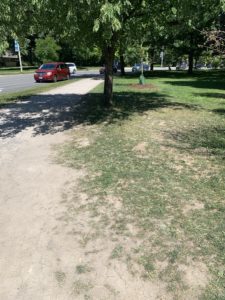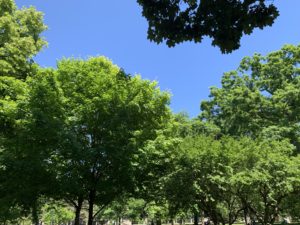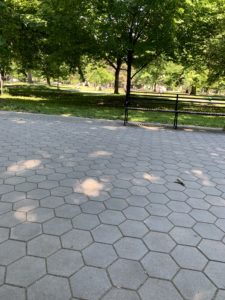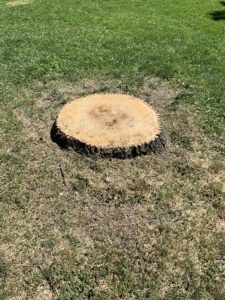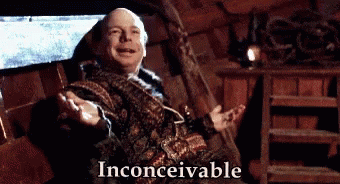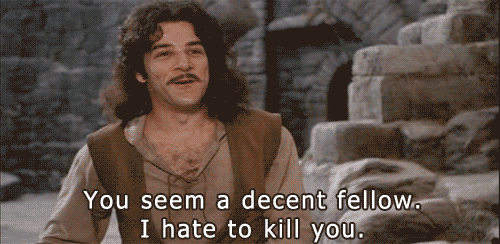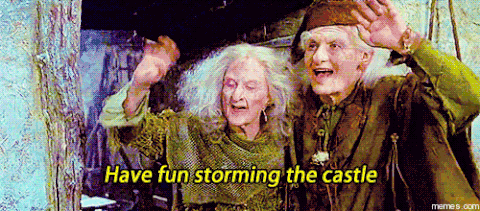Click on the tag “hope” at this bottom of this post to read about all of my suggestions for hopeful science fiction. If you have recommendations for future instalments of this series, I’d sure like to hear them. Leave a comment below or send me message about it on Twitter.
Last winter I discovered the Better Worlds series, a science fiction anthology of short stories and films about hope that was published at The Verge two years ago. This is the tenth story from this anthology I’ve covered here, and I will eventually blog about all of them.
Machine of Loving Grace
Content warning: sexual harassment, cyber bullying, and sexism. I will be discussing these things in my review.
 Katherine Cross’ Machine of Loving Grace showed what happened when an AI designed to moderate video games took on a life of its own.
Katherine Cross’ Machine of Loving Grace showed what happened when an AI designed to moderate video games took on a life of its own.
The content warning for this short story might make some potential readers pause. These are some pretty heavy topics, and they’re things that women, non-binary people, and members of the LGBT+ community can often be inundated with online.
With that being said, I encourage everyone who has the emotional bandwidth for it to dive into this tale. Ami, the AI mentioned earlier, was created to permanently end this abusive behaviour in video games. Imagine being able to play any video game you wish without ever needing to worry about other players mistreating you in these ways!
That idea was so remarkable that I had to find out how Ami’s reaction to these interactions evolved over time. She was programmed to be highly empathetic, so reading abusive chat logs was as disturbing for her as it would be for you or I to read them.
The cool thing about the world building in general was how realistic it felt. While we don’t yet live in a world where AI is capable of moderating video games so precisely, this sure seemed like something that we could all live to see happen. The explanations of how she was created and why Phoebe, the programmer in charge of her, was so surprised by Ami’s actions were well done.
So, too, were the reactions of the higher-ups at Rhombus, the company that employed Phoebe, when they realized how Ami was reacting to a problem that has been around since the Internet was in its infancy.
There are so many things I want to say about later plot twists in relation to the differences between how they reacted to online harassment and what Ami thought should be done about it. This truly is something that all of you should experience for yourselves, especially if you’ve ever been in a situation where someone told you to be patient or to not overreact to something that you knew was wrong and never should have been permitted.
Sometimes hope thrives in places you might be least likely to expect it, and that’s beautiful.


 In an early scene of
In an early scene of 
 I’m the sort of reader who regularly jumps around between authors and among genres.
I’m the sort of reader who regularly jumps around between authors and among genres. Lydia: …
Lydia: … Summer: Obviously. Isn’t this all a contest to figure out why summer is the best season of them all?
Summer: Obviously. Isn’t this all a contest to figure out why summer is the best season of them all?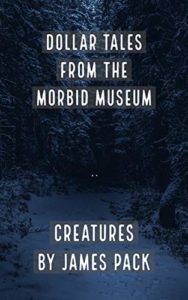 Title: Dollar Tales from the Morbid Museum: Creatures
Title: Dollar Tales from the Morbid Museum: Creatures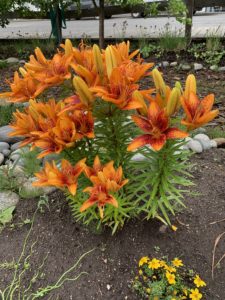

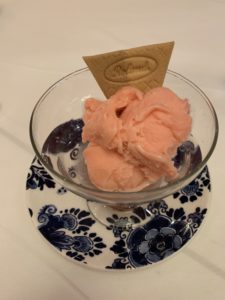

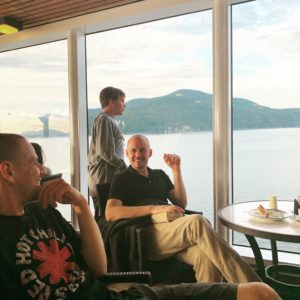
 If only you all knew how hard it was to narrow this down to only ten books!
If only you all knew how hard it was to narrow this down to only ten books!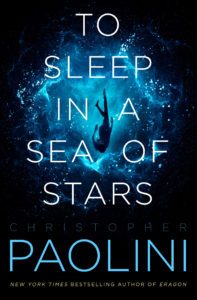

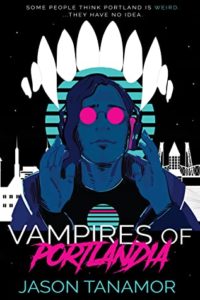
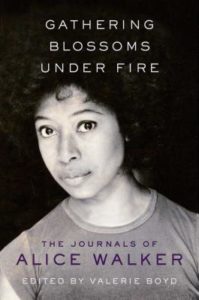
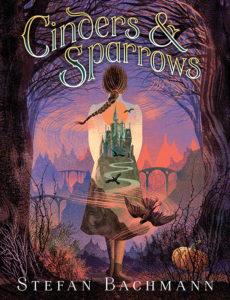
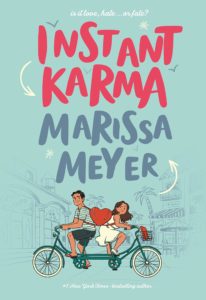
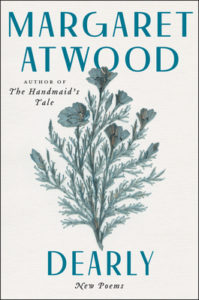
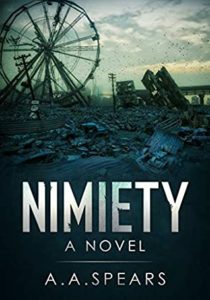
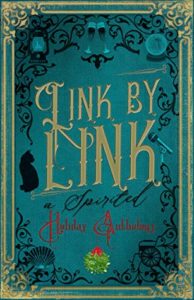
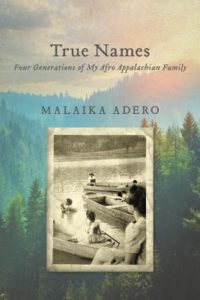
 I remember a Canada Day spent on a rooftop party hosted by a friend of a friend. The view was spectacular.
I remember a Canada Day spent on a rooftop party hosted by a friend of a friend. The view was spectacular.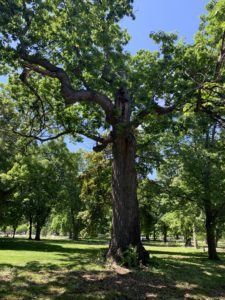 Each month I share photos from one of the parks in Toronto to show my readers what our landscape looks like throughout the year. This is the fifth instalment of this series.
Each month I share photos from one of the parks in Toronto to show my readers what our landscape looks like throughout the year. This is the fifth instalment of this series.


